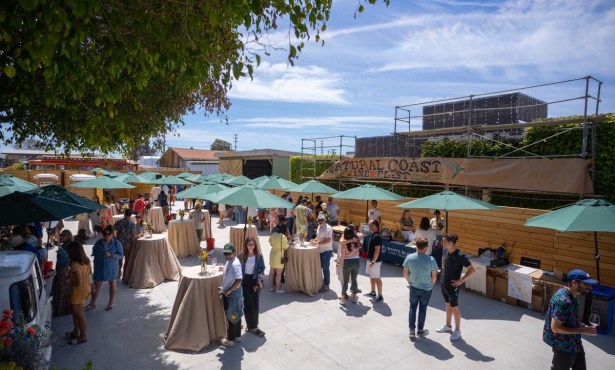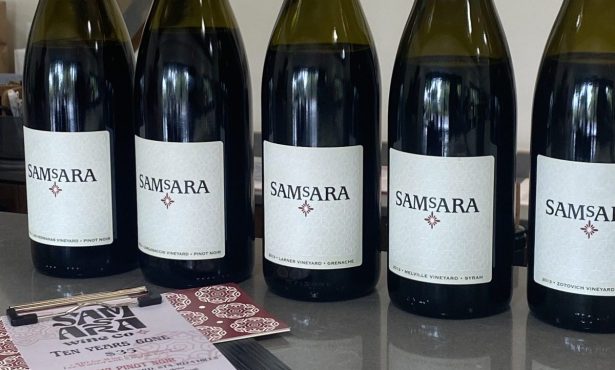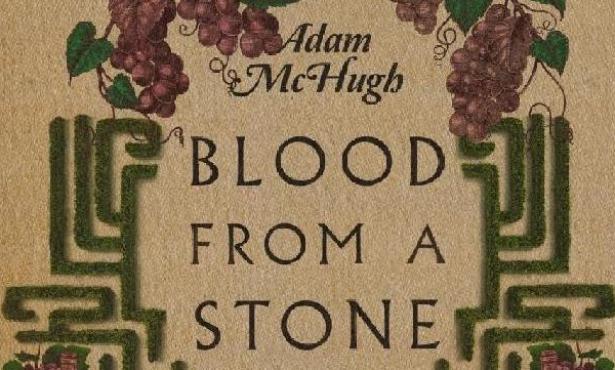My First Vintage
An Independent Editor's First Experience in Santa Barbara County Winemaking
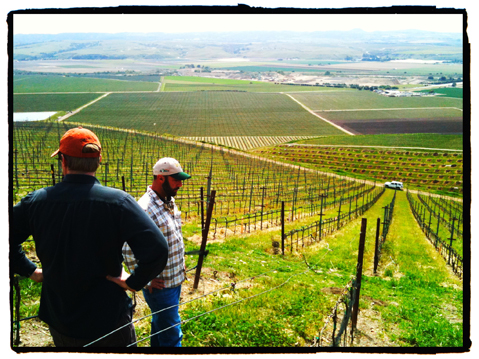
When you’ve written about drinking wine for more than a decade — and have at least a passing alcohol-producing background due to a few years of homebrewing beer — there comes a time when it’s best to put down the pen, put on the boots, and learn about the process of winemaking from the ground up. Thanks to a couple of gracious vintners, namely Nicholas Miller of Bien Nacido Vineyards (biennacidovineyards.com) in the Santa Maria Valley and Peter Work of Ampelos Cellars (ampeloscellars.com) in the Sta. Rita Hills, I’m doing exactly that in 2012 along with my more farm-minded friend Giuseppe Bonfiglio, who works in the avocado business.
Since early March, we’ve been visiting each vineyard as much as possible to get our hands dirty and heads educated, and will be following our grapes all the way through to the bottle, which we look forward to uncorking sometime in 2014. We’ll be taking Independent readers along for the ride, with the hope that you too can learn more about the seasons, steps, and strategies that enable Santa Barbara wine country to be one of the best in the world. To bring you up to speed, here is what we’ve been working on so far.
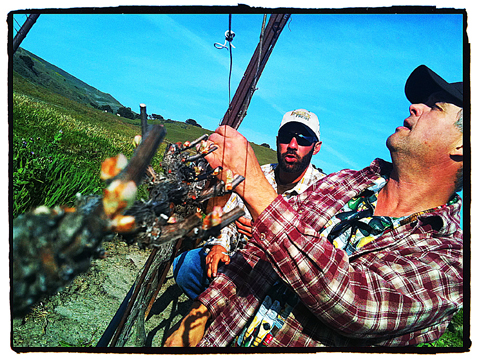
PRUNING: The first step in the vineyard each year is hacking back last year’s wood growth to leave the vines with the base that you want. Since we started our project in March, we missed this Christmas-February phase the vineyard. We’ll experience it at the end of the cycle instead.
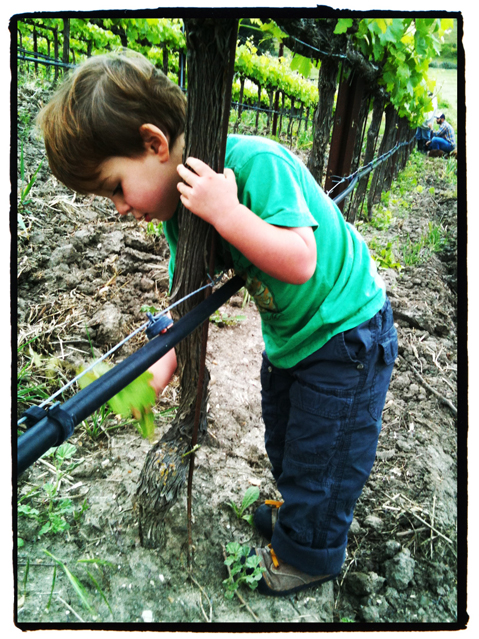
PICKING VINES: After discussing our desires with Bien Nacido winemaker Trey Fletcher — who recently came to the area after celebrated stints all over the world, most recently at Littoria in Sonoma County — he led us to the nearly 40-year-old planting of pinot noir known as Q Block. Only a fool wouldn’t jump at the chance to work with those grapes, so Santa Maria Valley’s oldest pinot it is. At Ampelos, Peter Work’s Sta. Rita Hills pinots are popular, but I’ve always been transfixed with cool-climate syrahs, so he found five rows of the Rhone grape for us to tend, perhaps with some grenache thrown in toward the end.
FROST WATCH: With late March temperatures dipping toward freezing, Bien Nacido vineyard manager Chris Hammell had me on frost watch one evening, so I slept on the couch with cell phone near ear, waiting for news that the mercury dropped to the crucial point. Had I gotten the call, I would have driven up to the vineyard in the middle of the night and been in charge of Q Block’s sprinklers. It sounds counterintuitive to spray water on grapes to fight the cold, but the process of water turning into ice actually produces a small amount of heat, and protects the crop. But the temp never dipped low enough and the call never came.
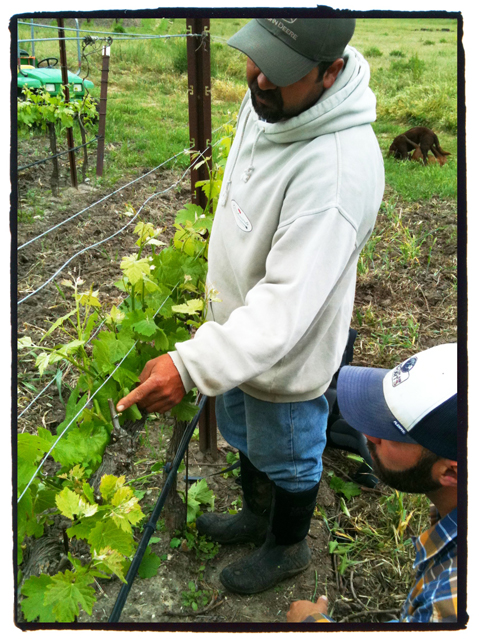
SHOOT THINNING: Wine grape-growing seems to be all about finding the balance between stress and strength: stress forces the vines to make interesting fruit, but you must also direct the energy so that the grape growth is strong enough to deliver a harvest. Much of the stress part comes from picking the right sites and soils, and then the strength comes in the form of processes like shoot thinning, where roughly two shoots are left per spur on each section of vine so that the plant can focus its energy on the parts that matter. In early May, we learned all about this intense, back-bending work at Ampelos under the direction of vineyard manager Andres Lerena, who made my day when he looked at my vines and said, “Nice shoot thinning.”
FLOWERING AND TIPPING: Last Friday, Fletcher summoned me to Bien Nacido to see Q Block flowering, where each potential grape bud shoots out many stamen and one stigma to self-pollinate. During this time, vineyard workers “tip” the vines, whereby the newest shoots coming from the top of snipped off, so that the vine strength can be focused on the reproduction process rather than more shoot growth. “Instead of having it walk and chew gum at the same time,” said Fletcher, “we just want it to chew gum.”
Next up in the vineyard will be fruit set and more work on the canopy. Follow along at independent.com/wine2012.

